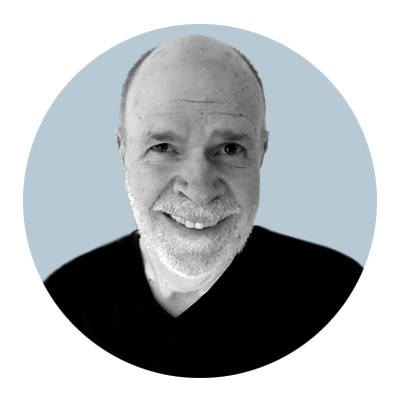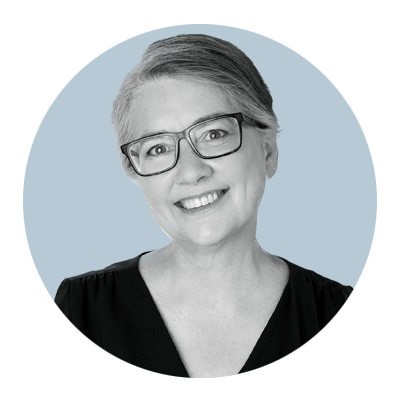A Placemaking Journal
Placemaking: Geek niche or the root of pretty much everything?
When I first developed my interest in placemaking twenty years ago it was driven by design. I was a brand advertising person which, by necessity, involves the study of behavior. Not just of people but of their context.
Where and how people choose to live, I learned, provided a lot of insight into the kinds of things... Continue Reading
Category Development, Economic Development, Environment | Sustainability, Experience, Financing, Planning and Design, Public Art, Public Policy, Resilience
Tags placemaking, Scott Doyon



Want to Improve Your City? Start taking pictures
In Chuck Wolfe’s absorbing new book, Seeing the Better City, he encourages readers to think with our eyes and communicate with visual imagery in order to improve our cities. With the proliferation of smartphone cameras and an endless array of easily accessible, web-based platforms on which to display them, virtually... Continue Reading
Tags Kaid Benfield



Codes Study: Trends in zoning reform
About twelve years ago, I started the Codes Study to analyze cities, towns, and counties taking proactive steps toward zoning to encourage livable places. And by livable, I mean mixed-use, economically vibrant, convivial, walkable, bikeable, and transit-friendly. Many places are using form-based codes to encourage livability,... Continue Reading
Category Planning and Design, Theory and Practice



Where Thinking About the End is a Good Place to Begin
In this time of increasing uncertainty, of trepidation about what the future holds for ourselves, our families, our communities, wouldn’t it be great if there were something we could absolutely count on? Something we could predict with 100 percent confidence no matter who we are or where we live or what particular challenges... Continue Reading
Category Demographics, Planning and Design



The Trifecta: Urbanism, architecture, and nature
We often blog on the benefits of nature integrated into urbanism and wellbeing outcomes of walkability. The real trifecta is when walkable urbanism, human-scale architecture, and nature come together via placemaking. A recent study from the University of Warwick points out that a scenic view delivers equal health benefits... Continue Reading



Hey, Buddy: Adult friendships and the future of our communities
David Roberts over at Vox posted a new piece recently -- “How our housing choices make adult friendships more difficult” -- that really got me thinking.
In it, he builds upon ideas previously explored in The Atlantic and makes a compelling case that forging new relationships as an adult -- the ones we characterize... Continue Reading
Category Community Development, Demographics, Experience, Planning and Design, Public Engagement, Public Policy, Resilience
Tags Scott Doyon



Nature Cities: Wellness and public space
The idea of rewilding started out as a movement to conserve, restore, and reconnect natural areas, and has expanded to how we reintegrate ancient practices into our modern lives. From a flat-footed squat to full emersion in nature to structured programs like ReWild Portland, the idea of letting go of some of our domestication... Continue Reading
Category Environment | Sustainability, Resilience



Bubble Burst Strategy No. 1: Do something now
You know things are getting dicey when the outgoing president of the United States feels obliged to remind us there’s still hope for American democracy at about the same time the incomer is on Twitter alleging (again) that America’s democratic institutions are plotting against him.
(more…) Continue Reading
Tags Ben Brown



Nature’s Healing Ways
The other day while walking my dog, I was trying to count the ways nature makes us healthier, as a means of distracting myself from the fact that the temperature was -40, with wind chill. That’s the point where Celsius and Fahrenheit converge. However, since this is my 9th winter in my beloved Winnipeg – one of the... Continue Reading



What Makes a Good Main Street Work?
Shortly before this essay's original posting, I participated in a terrific conference called From Main Street to Eco-Districts: Greening Our Communities, hosted by a chapter of the American Institute for Architects in Corning, New York. Held a block off of Corning’s own, magnificent “Main Street” (actually... Continue Reading













